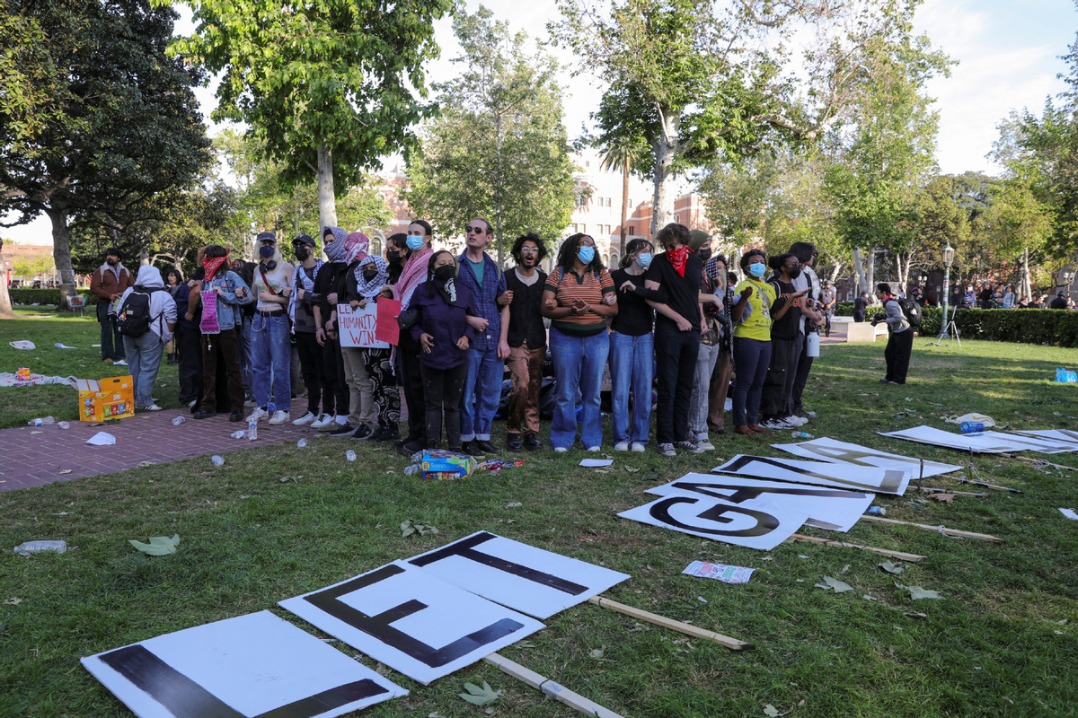High costs steer young to solo living in South Korea
By ZHAO RUINAN | China Daily Global | Updated: 2021-09-22 09:24

Away from his family, Paul Kim had been living alone for nine years in the South Korean city of Daejeon when he was admitted to Woosong University.
Taking classes, doing part-time jobs and hanging out with friends, Kim did not spend too much time to accustom himself to the solo life in a 33-square-meter apartment.
Though the sense of loneliness had disturbed him from time to time, Kim said he could meet friends frequently since they all lived close to the university, in a city that's 160 kilometers south of the capital Seoul.
Kim is one of a growing number of people who live alone in the country.
According to a report released by Statistics Korea last month, there were more than 6.6 million one-person households in South Korea in 2020, an increase of nearly 1 million year-on-year.
Single-person households now are a common type of living arrangement in the country, accounting for 31.7 percent of total households.
This social trend has been coined "honjok", which translates to "alone tribe". The term is often used to describe a generation that embraces solitude and independence, reflecting the country's growing number of single-person households and changing attitudes toward romance, marriage and family.
The growing sense of individualism, unaffordable housing prices and other financial burdens are believed to be the main reasons behind the trend.
College students are pursuing a path of independence from their families, Kim said. For those who have graduated, they usually move to Seoul to seek a career, but many remain living alone because of the high property prices, Kim said.
In the Seoul metropolitan area, which is home to almost half the country's population, the average price of an apartment has doubled in the past five years, reaching 1.1 billion won ($953,000) in July, according to data from Kookmin Bank. Countrywide, the prices have soared 60 percent over the same period.
Ditching hopes
More and more young people in South Korea are ditching hopes of homeownership and renting instead. Under the "jeonse" rental system, tenants pay a large sum as a deposit instead of paying monthly amounts. The deposit is returned at the end of the contract, usually after two years.
The sum total of all loans extended to South Koreans aged in their 20s and 30s to pay their "jeonse" rental deposits has more than doubled since 2017, according to data from the country's Financial Supervisory Service on Sept 9.
In East Asian culture, the default model of marriage is buying a home before putting on the rings, said Zhou Haiwang, deputy director at the institute of population and development at the Shanghai Academy of Social Sciences. But if the home price is far out of their reach, young people may have to prioritize career pursuit over forming a family, he said.
The average age of both men and women marrying for the first time in South Korea has risen steadily in recent years-with that of women reaching an all-time high in 2020 at 30.78, according to data from Statista, a German company specializing in market and consumer data.
Luo Xiaoming, associate professor working in the cultural studies program at Shanghai University, said the trend is rooted in the imbalance between economic and cultural aspects. If young people can only work to stay afloat with the high-cost living rather than fulfill their social-emotional needs as individuals at the same time, it seems inevitable that they will be less motivated to enter a marriage and have children, she said.
In 2020, the country recorded more deaths than births for the first time, raising fresh alarm in a country that already has the world's lowest birthrate.
























